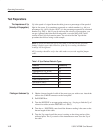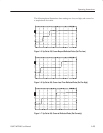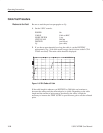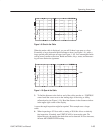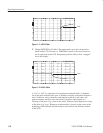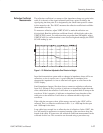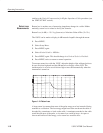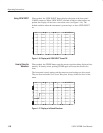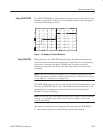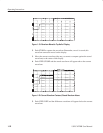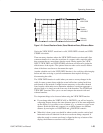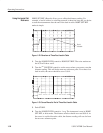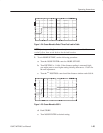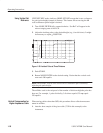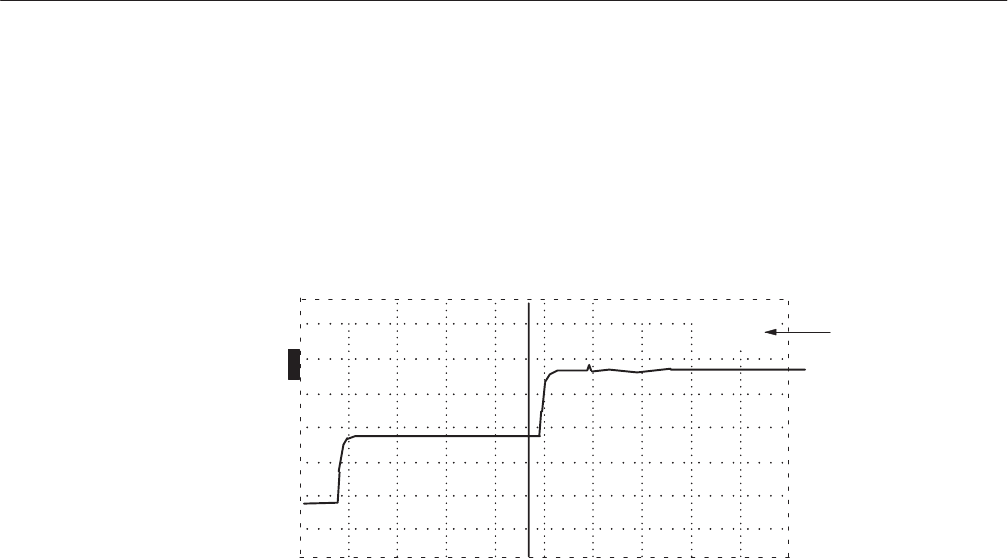
Operating Instructions
1502C MTDR User Manual
1–19
The 1502C can compute and display what impedance mismatch would cause a
reflection as high (or low) as the point at the cursor. This measurement is useful
for evaluating the first impedance mismatch (first reflection) or small impedance
changes along the cable (e.g., connectors, splices).
This function can be selected in the Setup Menu. Once it is enabled, the
impedance value will be displayed under the distance in the distance window.
O
F
F
O
F
F
O
F
F
O
N
ac 2.800 ft
50 W
Ohms-at-Cursor
Readout
Figure 1–15: Ohms-at-Cursor
The accuracy of the difference measurement in impedance between two points
near each other is much better than the absolute accuracy of any single point
measurement. For example, a cable might vary from 51.3 W to 58.4 W across a
connector, the 7.1 W difference is accurate to about 2%. The 51.3 W measure-
ment by itself is only specified to be accurate to 10%.
The series resistance of the cable to the point at the cursor affects the accuracy of
the impedance measurement directly. In a cable with no large impedance
changes, the series resistance is added to the reading. For example, the near end
of a long 50 W coaxial cable might read 51.5 W, but increase to 57.5 W several
hundred feet along the cable. The 6 W difference is due to the series resistance of
the cable, not to a change in the actual impedance of the cable.
Another limitation to the ohms-at-cursor function is that energy is lost going
both directions through a fault. This will cause readings of points farther down
the cable to be less accurate than points nearer to the instrument.
In general, it is not wise to try to make absolute measurements past faults
because the larger the fault, the less accurate those measurements will be.
Although they do not appear as faults, resistive pads (often used to match cable
impedances) also affect measurements this way.
Ohms-at-Cursor




